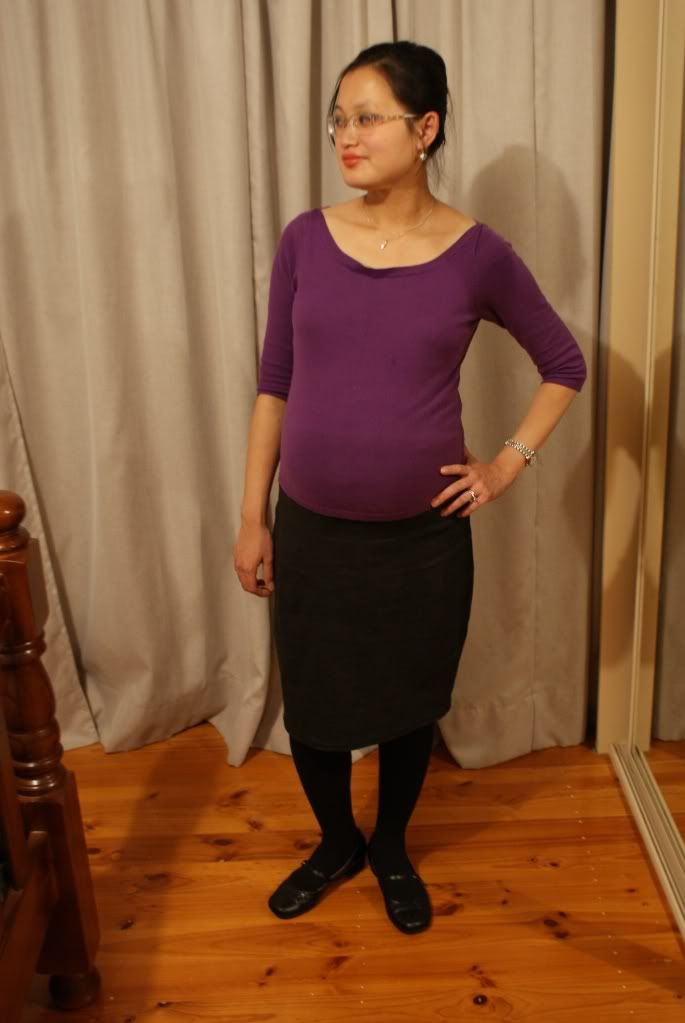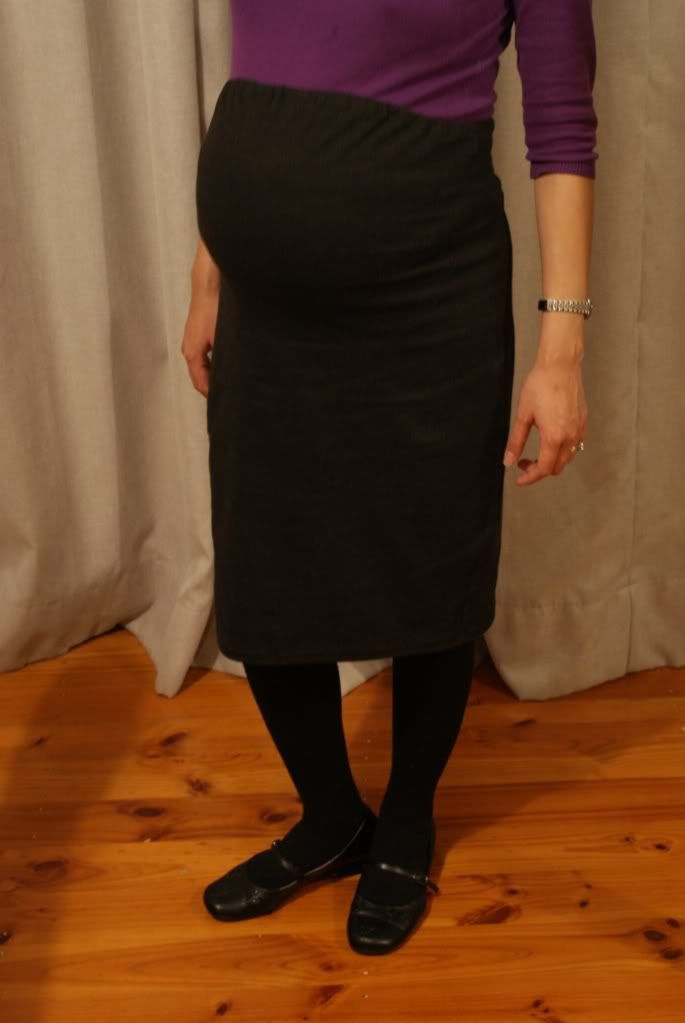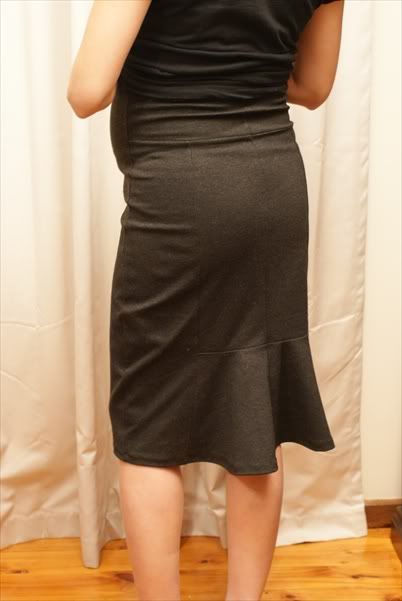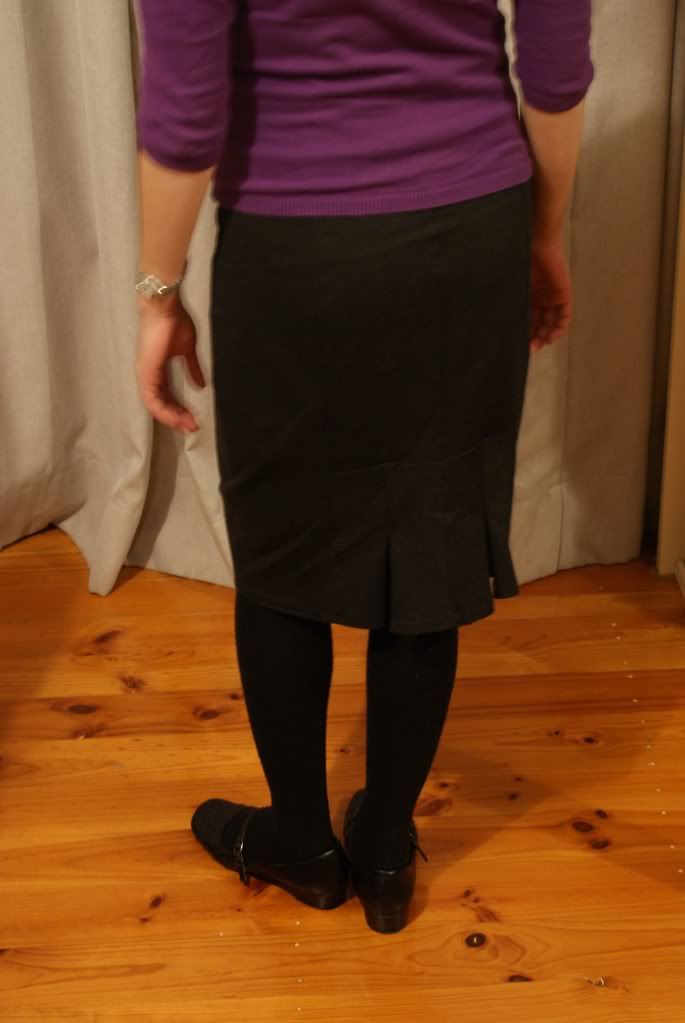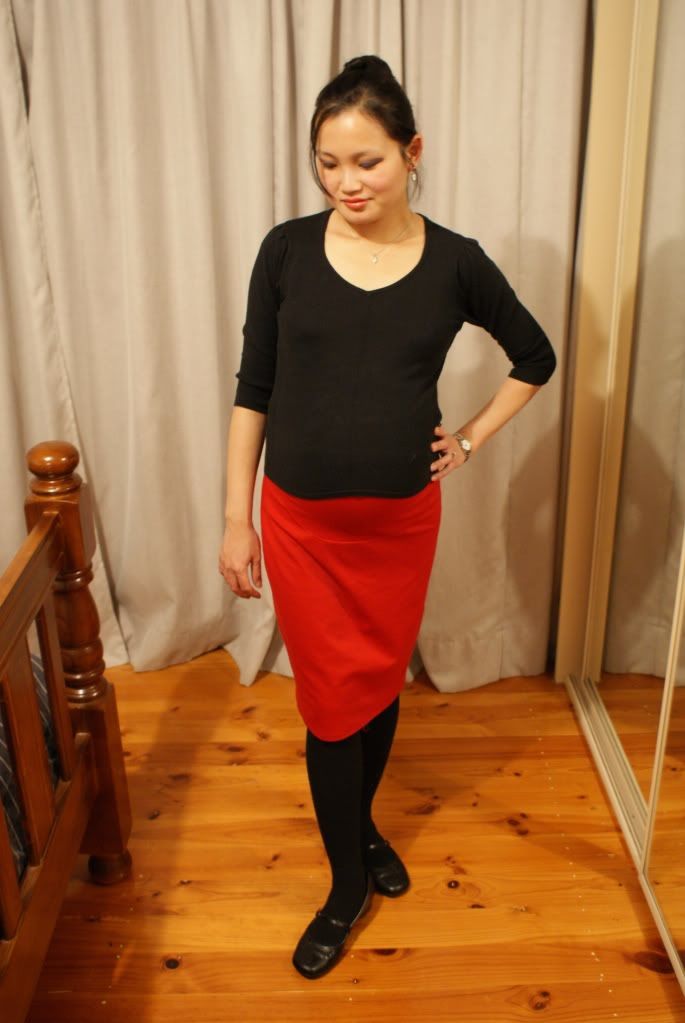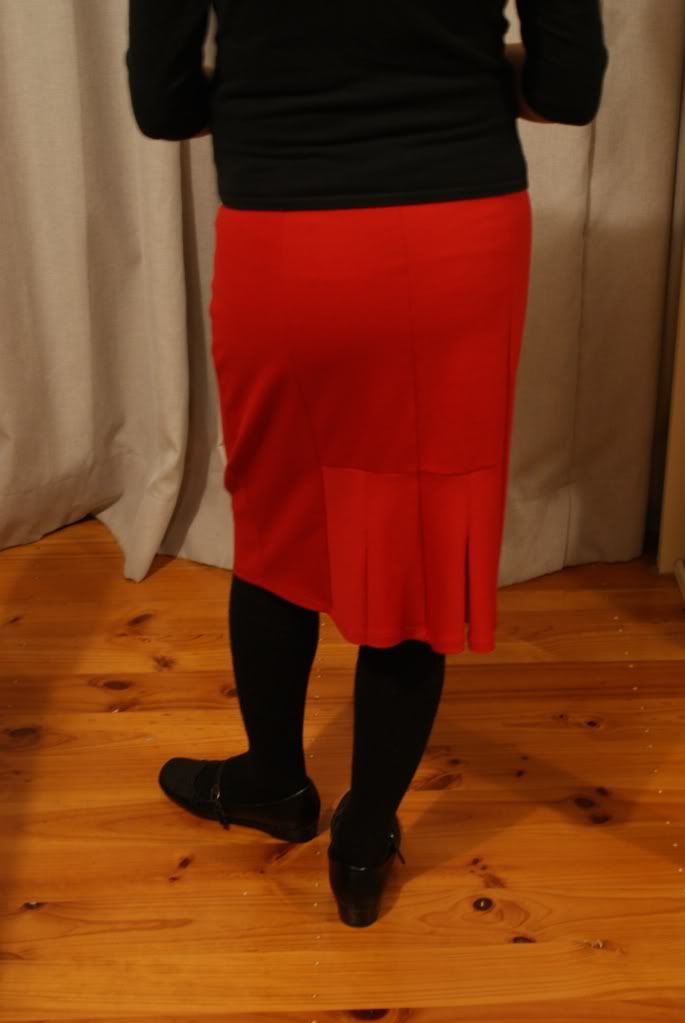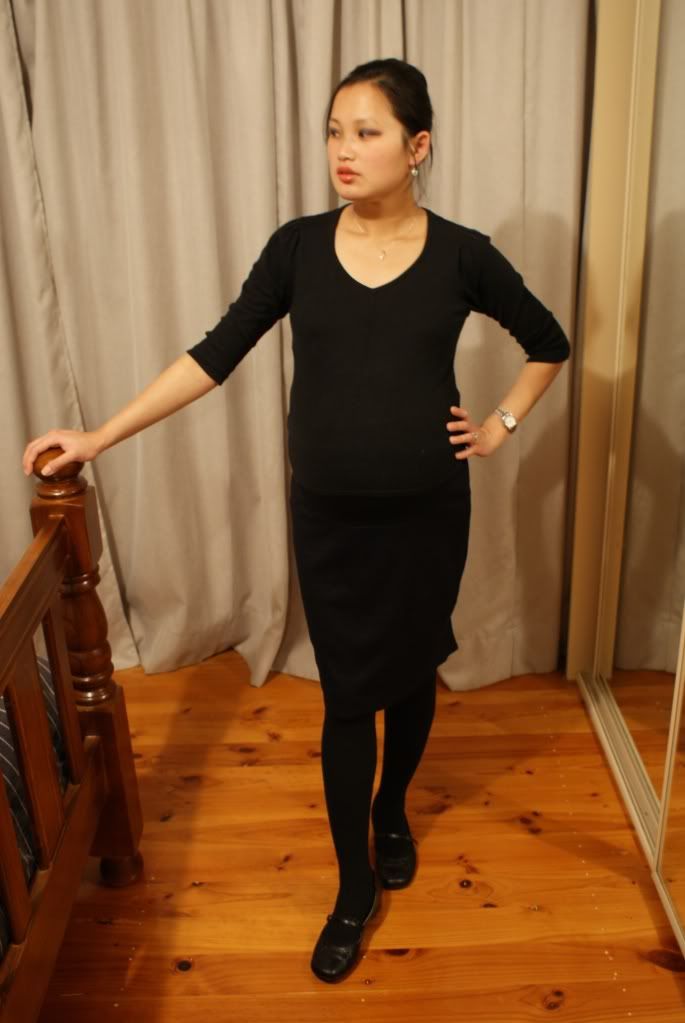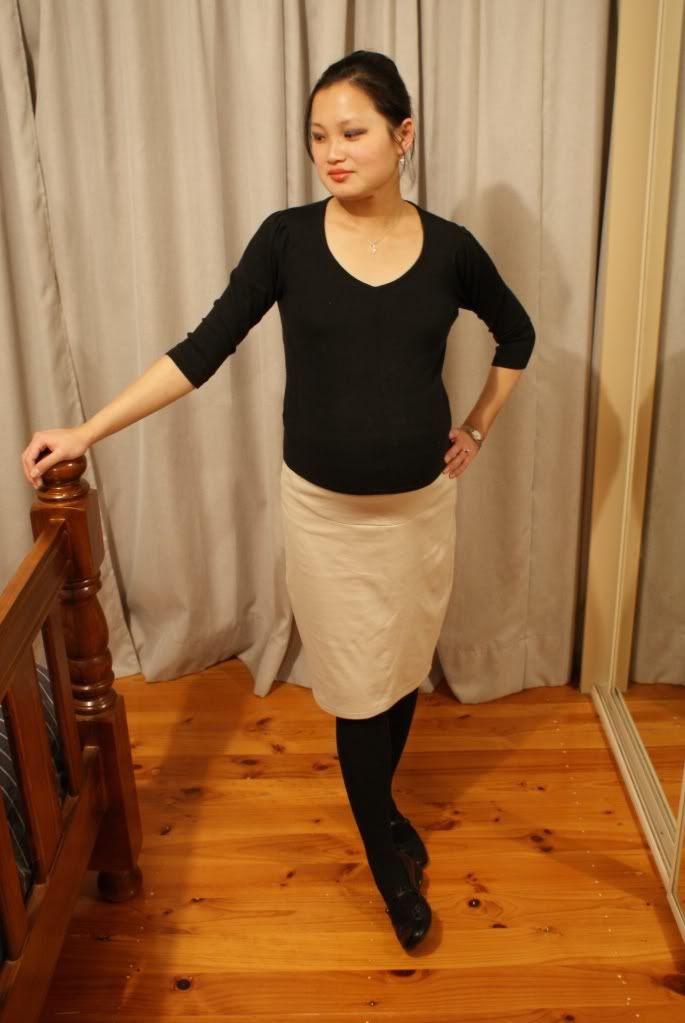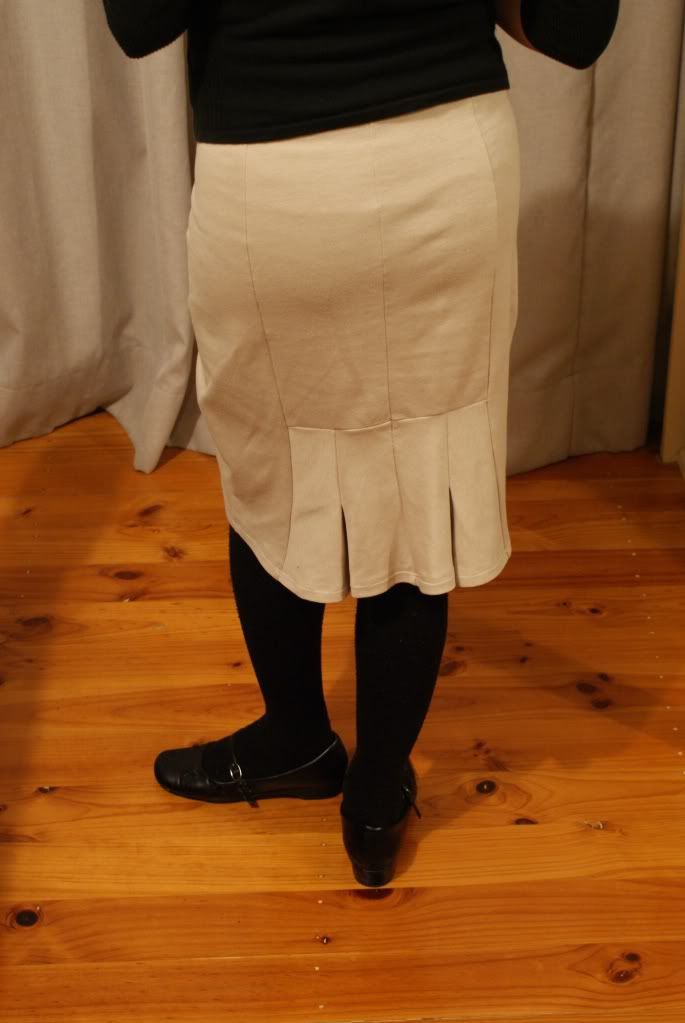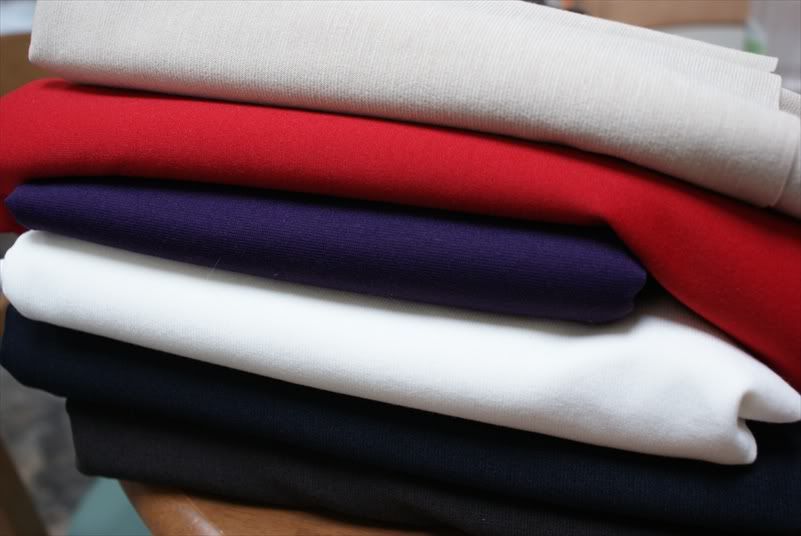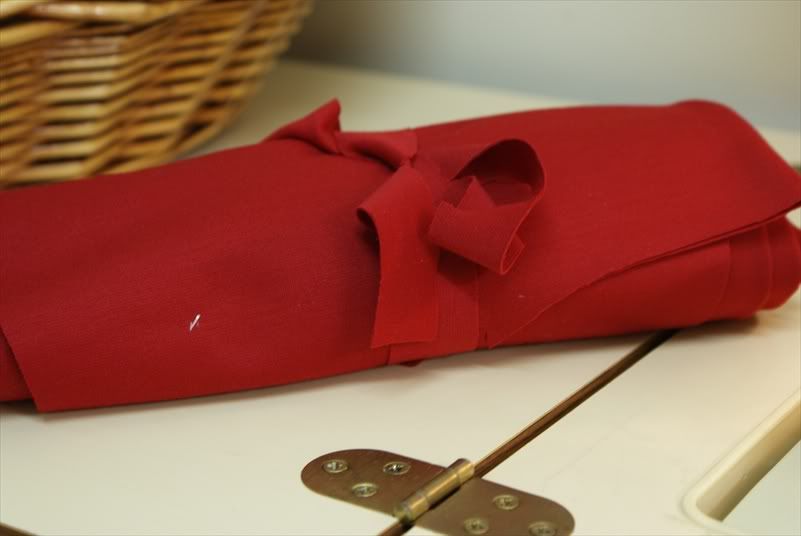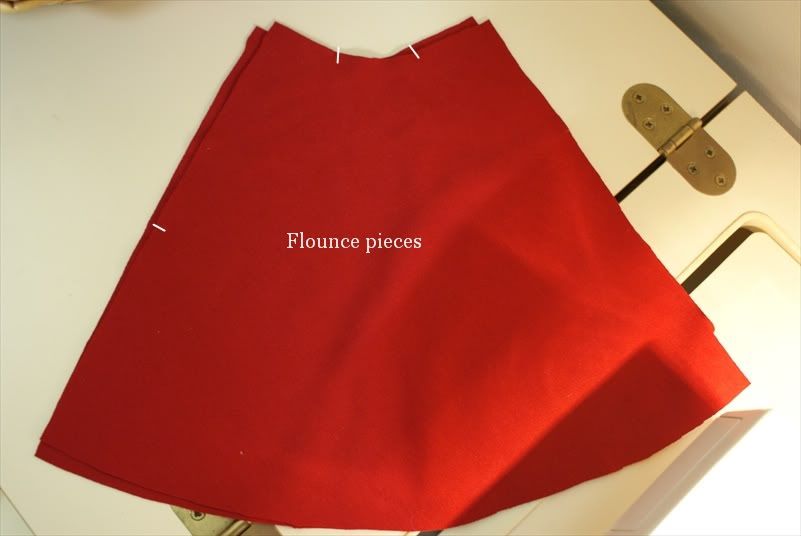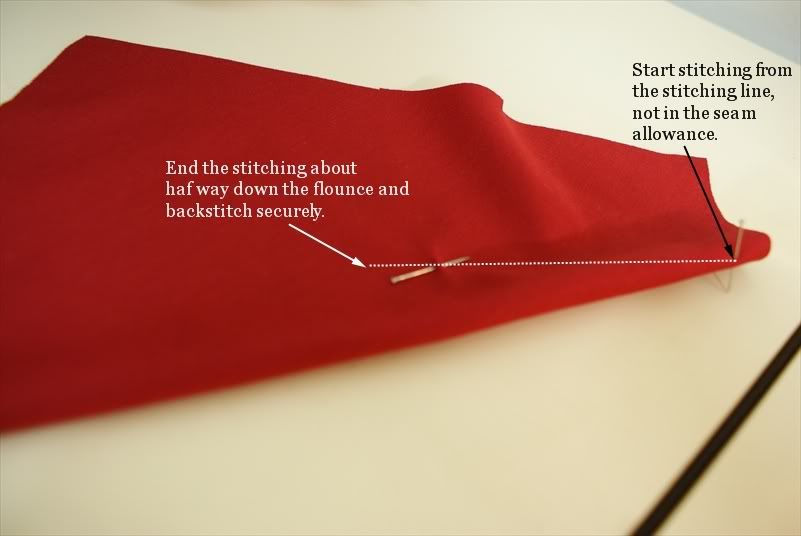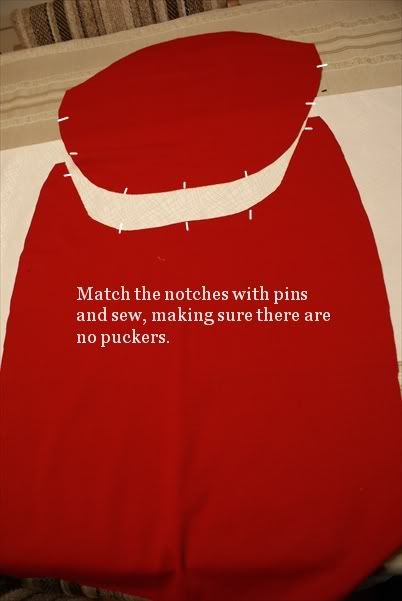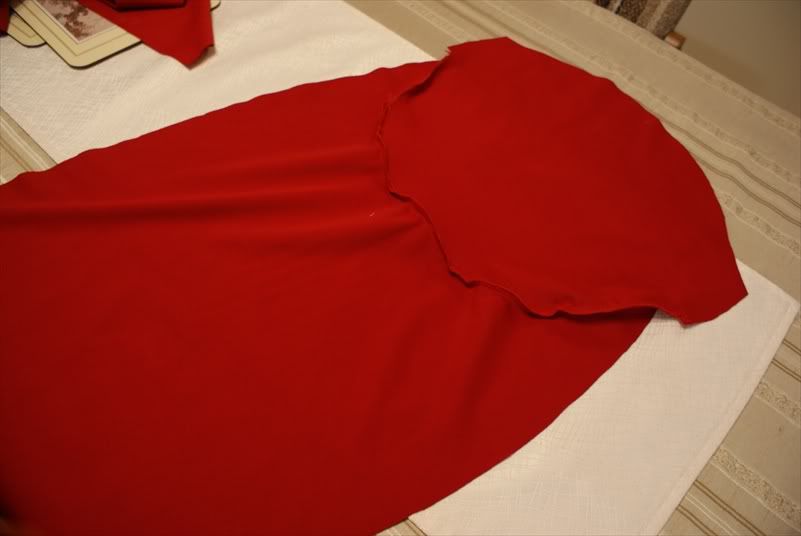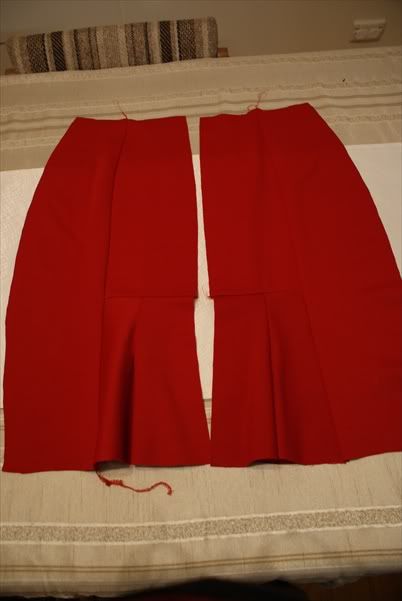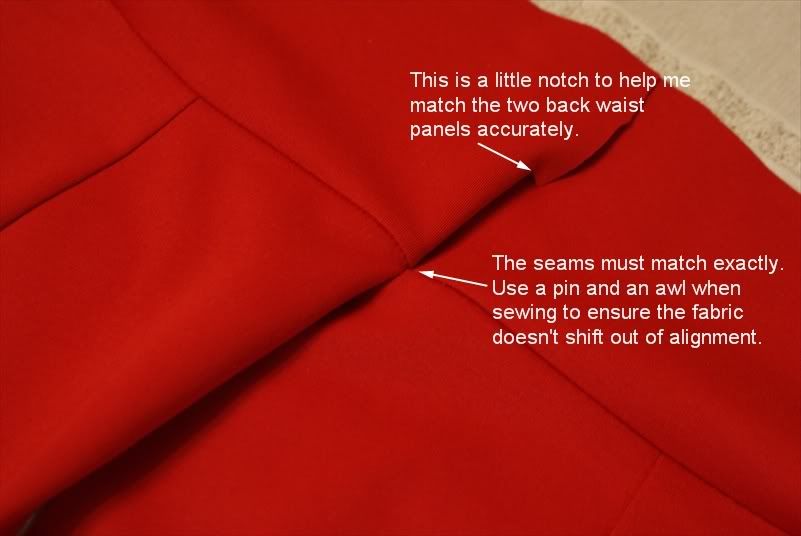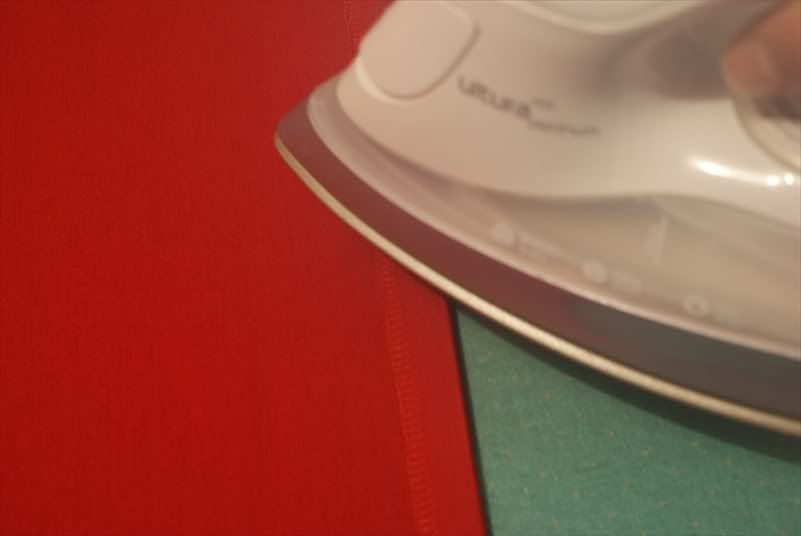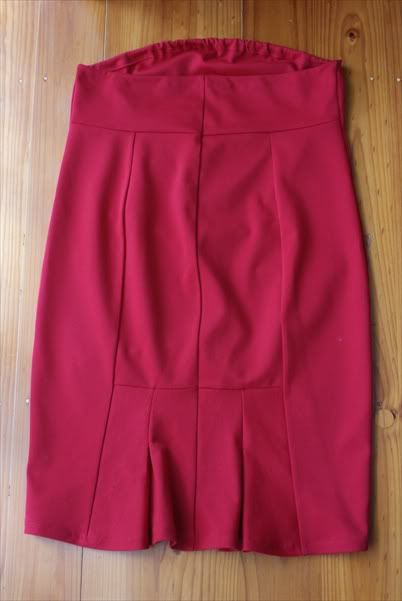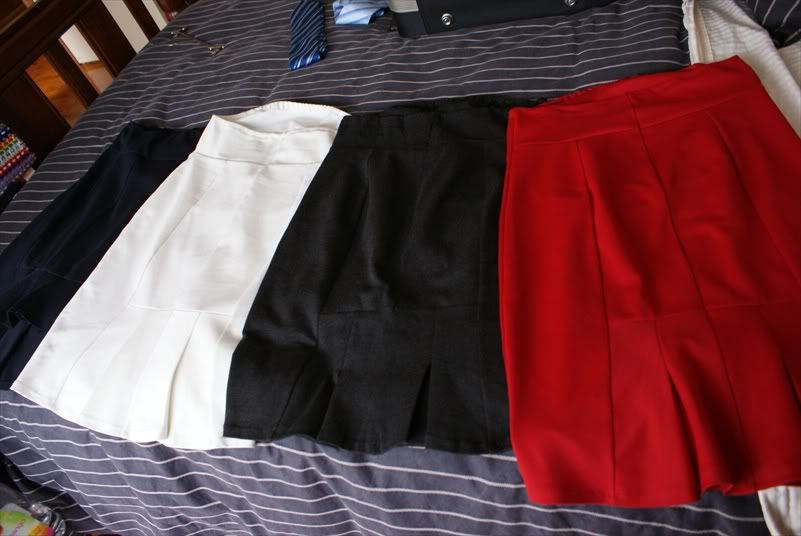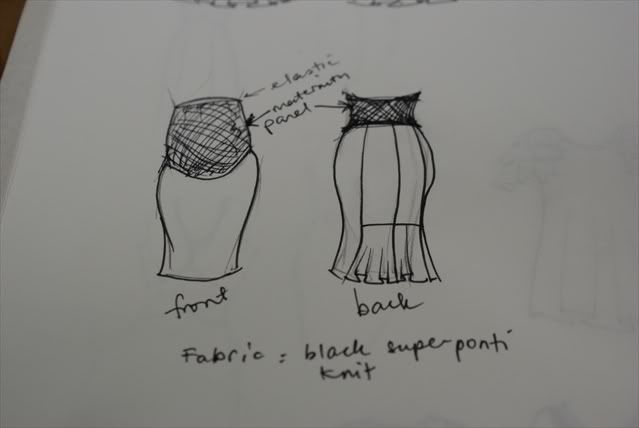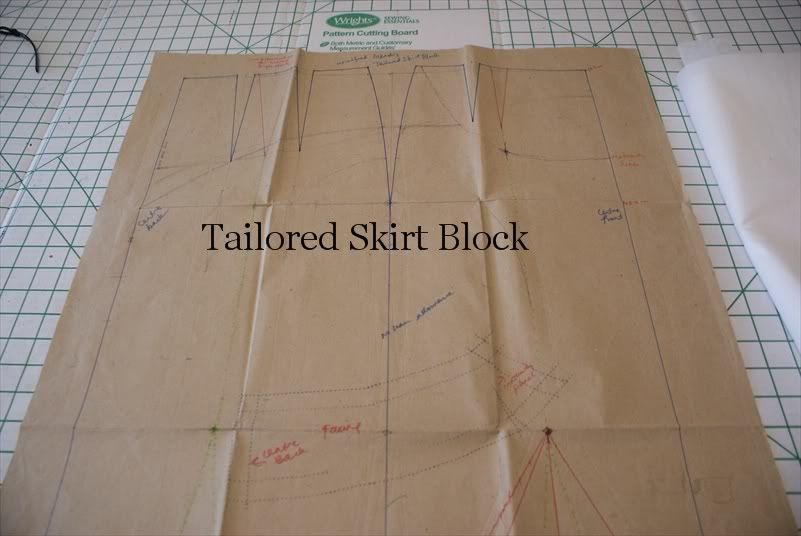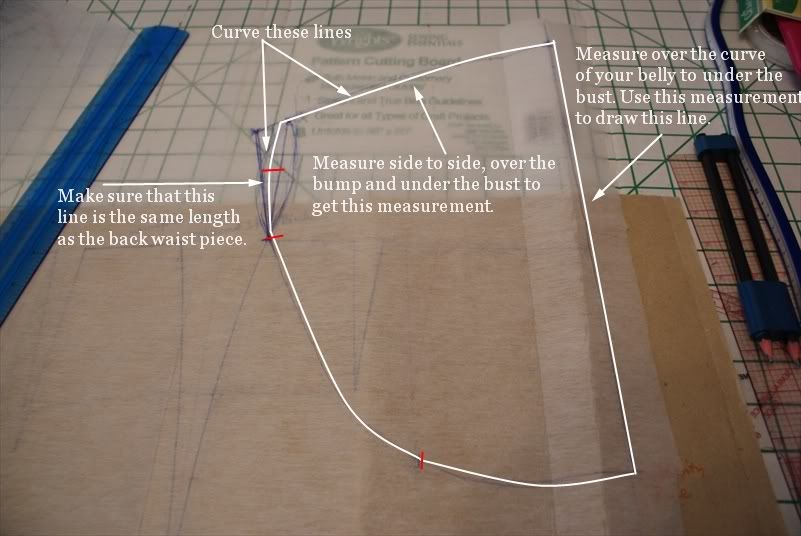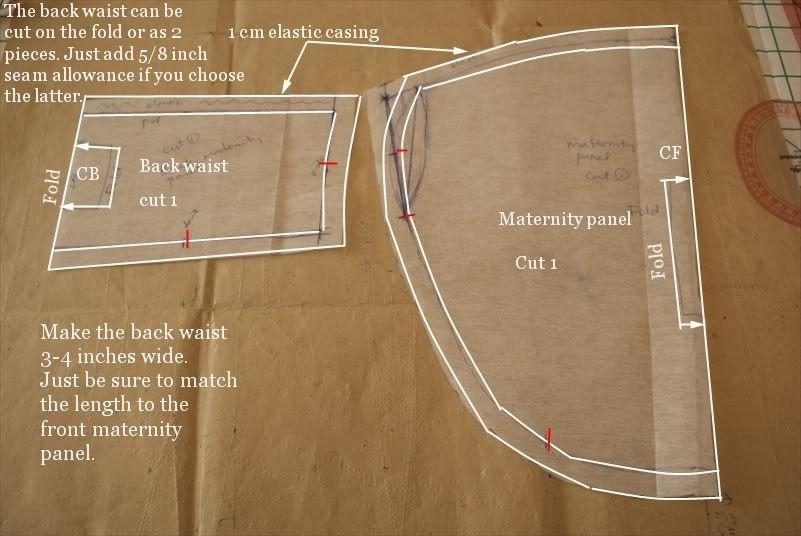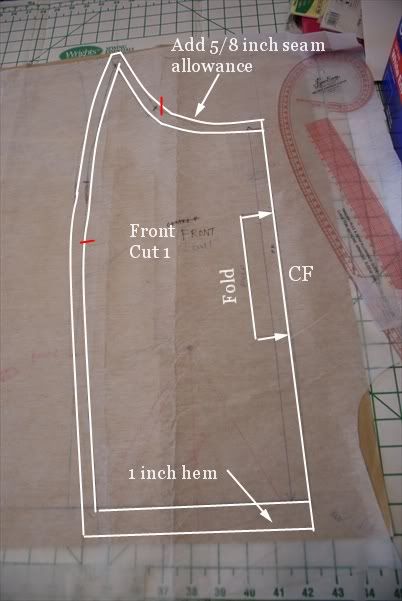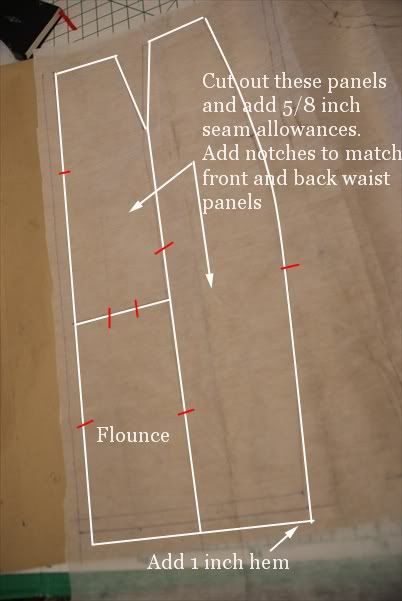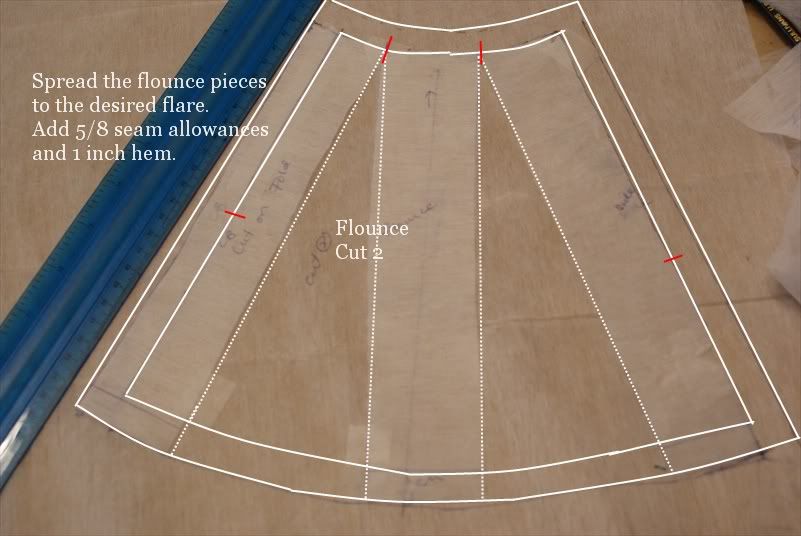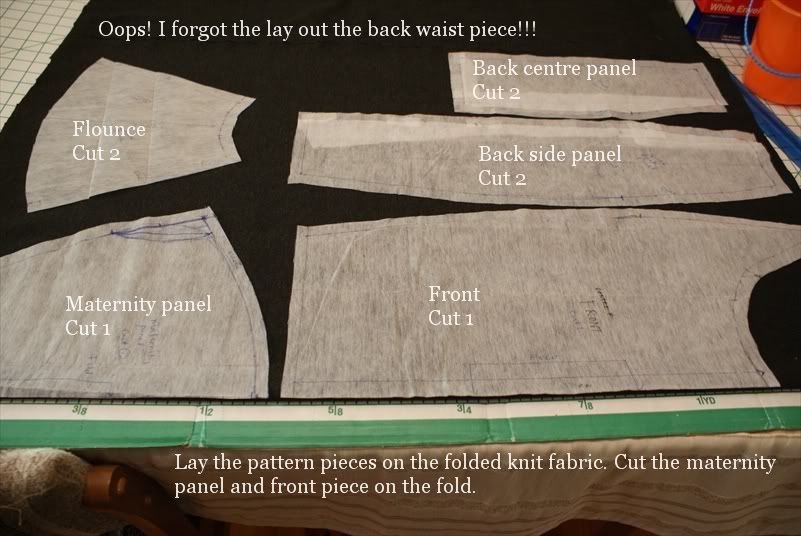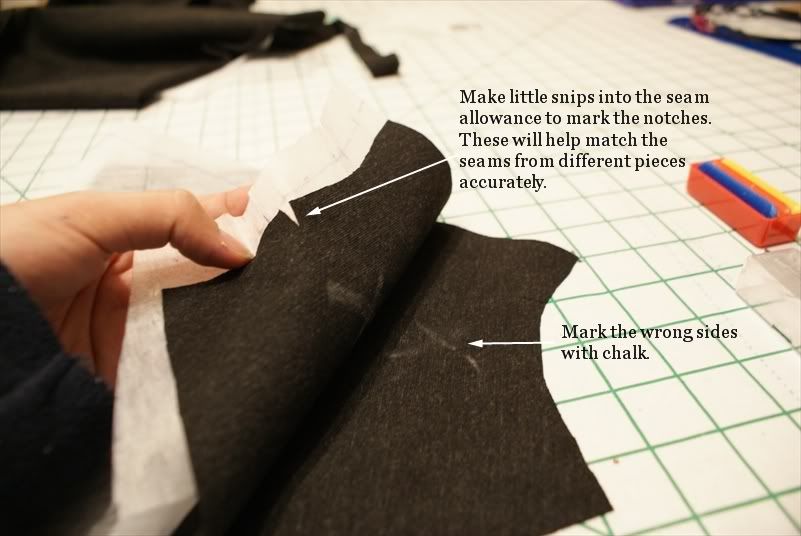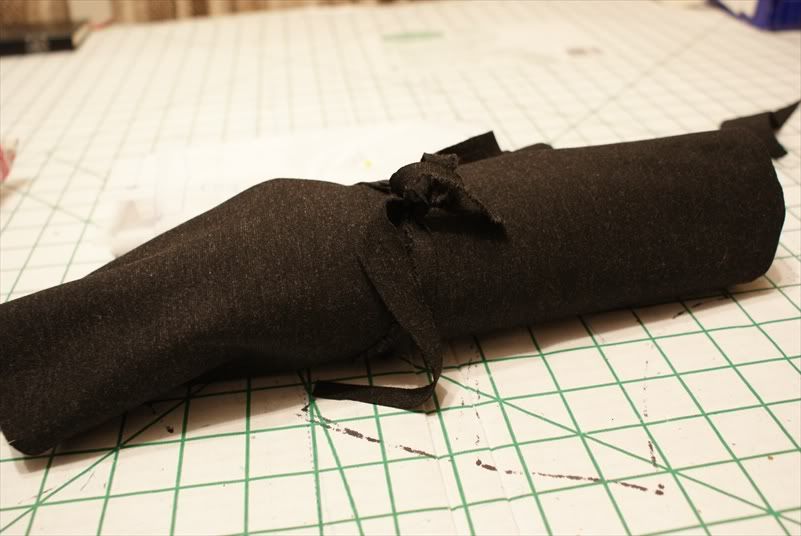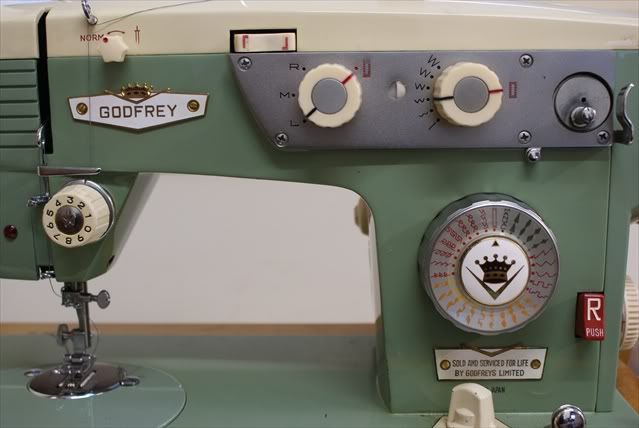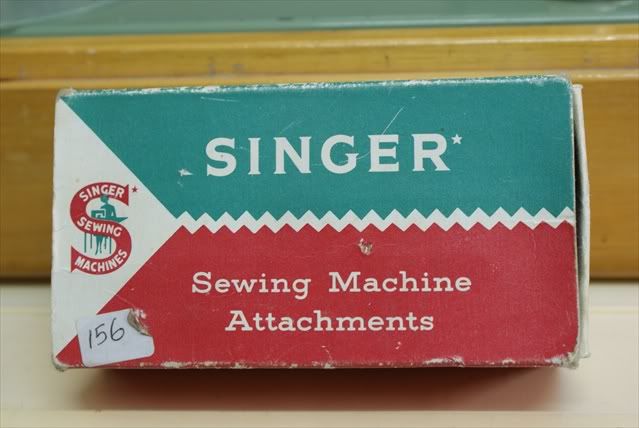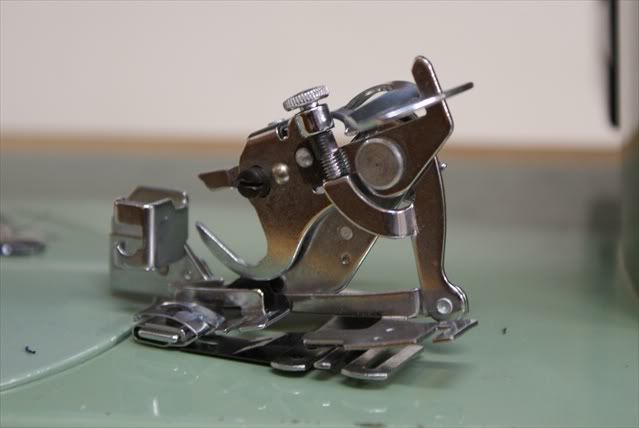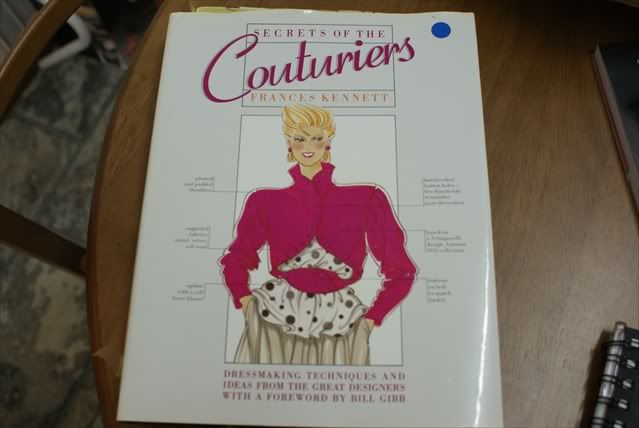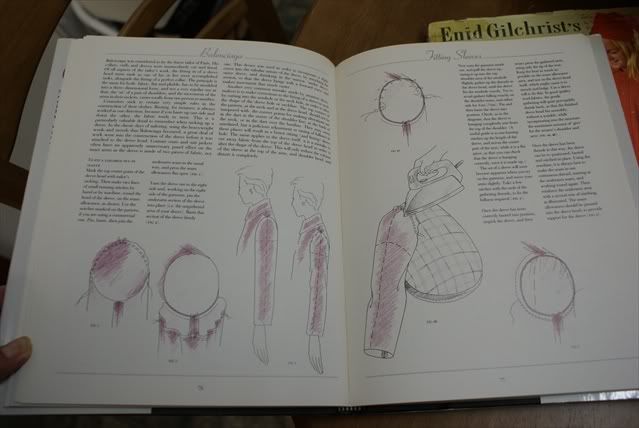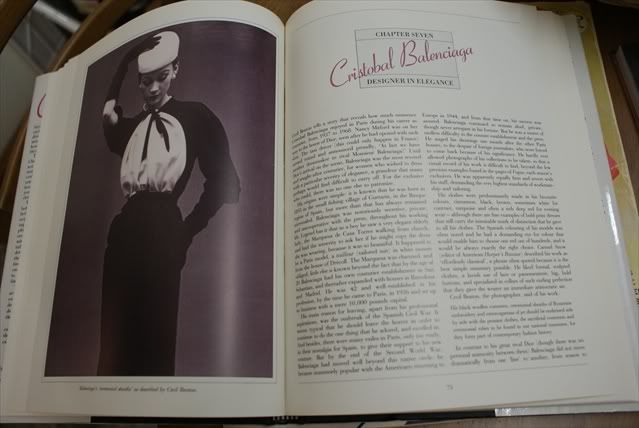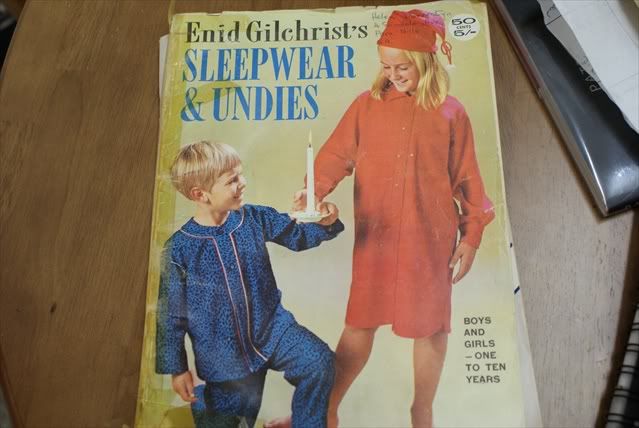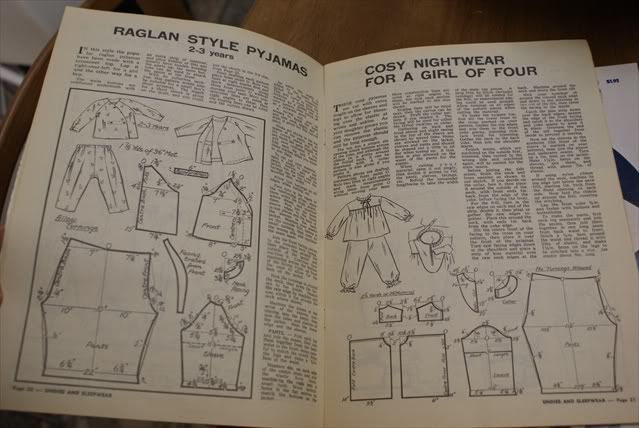This is Part II of the Ponte Maternity Skirt series. For
Part I, see here.
My post yesterday showed me cutting out some charcoal grey super ponte (or ponti-I've seen both spellings). But I actually bought a lot more ponti knits after that, in purple, red, fawn , ivory and blue-black.
In this post, I will be constructing the skirt in red. One, because I was in a hurry to finish the charcoal grey skirt (which was the first attempt), and two, because red photographs better.
By the way, I finished sewing my fawn coloured ponti knit skirt last night-took me three hours to knock it up, thats including all the overlocking and pressing I had to do. But I already had it all cut out from two weeks ago. Now I've got five go-anywhere, goes-with-anything maternity skirts! And they have been all that I've been wearing the past 2-3 weeks since I made it, and I've still got about 4 weeks to go before my due date. All the different colours keep them from being too boring, although still classic and neutral.
This is my neatly tied up roll in glam red.
This is the order of construction. As far as possible, I sew as many pieces together whose seams do not cross, and then press the seams. So if it seems that the order of construction jumps from the front garment pieces to the back pieces randomly, it's because I chose to do as much sewing as possible before I go and press them.
First I dealt with the flounce. Now, in my sketch, I've drawn the flounce free flowing as it should be, but I found that after I sewed the grey ponti, the fabric was too stiff to drape the flounce nicely, so I 'fixed' it by sewing down the flounce and making it into an inverted pleat. So I did the same for the other skirts.
If your fabric is a drapey knit, you can ignore this bit and just sew the flounce to the back centre panel. To make a pleat in the flounce, I folded the flounce in half, then sewed from the stitching line at the top of the flounce, (not the cutting line), down 3.5 inches and 1.5 inch in from the fold. Backstitch so that the pleat does not open up.
This is what it looks like.
Looks like an inverted box pleat, but it isn't really. This pleat needs to be pressed flat, but it depends on the look you're going for. If you want a sharply pressed pleat, press the whole piece. If you want to preserve a softer flouncy look at the bottom, press to the end of the stitching in the pleat, but don't press the bottom half of the flounce piece.
Now to join the flounce pleats to the centre back panels.
Be careful not to switch left or right sides. This is where the 'X' chalk marks on the wrong sides come in handy. Match the snipped notches to the seamlines.
I could have overlocked the seams straightaway, but I sewed the seams in place with the sewing machine, on a zigzag stitch before I overlocked it with a four-thread overlock. I feel that the overlocker is harder to control and if you get it wrong, there is no going back after the knife trims off the seam allowances. I did this with all the seams, and then pressed them to one side.
Next I pinned the maternity panel to the front piece, matching centre notches and then pinning at quarterly intervals. I sewed with a zigzag and then overlocked it.
Once the seam is pressed, those puckery lines will smooth out. Be sure to use a press cloth with ponti knits as they tend to shine if the iron is too hot.
All the pieces above can be pressed one go at this stage, before we construct the back pieces again. Once the centre back panels and flounce pieces have been pressed, it's time to sew and overlock the back side panels. Again, the seams will have to be pressed before the back waist is stitched on.
Here I've stiched the back waist panel onto the bottom pieces. We are very close! Just need to do the centre back seam now!
Pin the two panels together, matching notches. There is an intersecting seam in the picture below which must match exactly. Knits stretch, and can distort when sewing, no matter how accurate your pinning. So do the pinning accurately, and stitch slowly over the seam. Use a tailors awl or stiletto to guide the fabric. This is why I prefer to sew knits with the sewing machine first before overlocking.
The back piece is done! We'll just need to join it to the front piece, pinning and matching notches again, sew and overlock....
And press...
All that's left is to sew down the casing at the top of the skirt all around the maternity panel and back waist. And the hem! To do the former, I pressed the casing down 1 cm with the iron to form a nice pressed fold, which will help guide me when sewing. You can choose to overlock the top of the skirt at the casing, or leave it. I prefer to overlock everthing as it gives a more RTW finish.
Sew the elastic casing with a zigzag stitch, leave about 1-2 inches unsewn, and insert elastic. I used whatever I had in my stash that fitted in the 1cm casing. Pull it snugly but comfortably around the waist approximately where the skirt would sit. Stitch the two ends of the elastic securely, and stitch the casing opening shut.
Fold the hem up 1 inch and press all around the skirt. Topstitch with a twin needle. Press the hem flat again.
And voila! The finished product.
The front.
The back.
The other skirts I made within 2 days!
These skirts a super comfy and so versatile! I can wear a normal T-shirt or blouse over it and my belly doesn't hang out!
I haven't taken pictures of myself modelling the skirts since Wyld Man is not home, but stay tuned!
